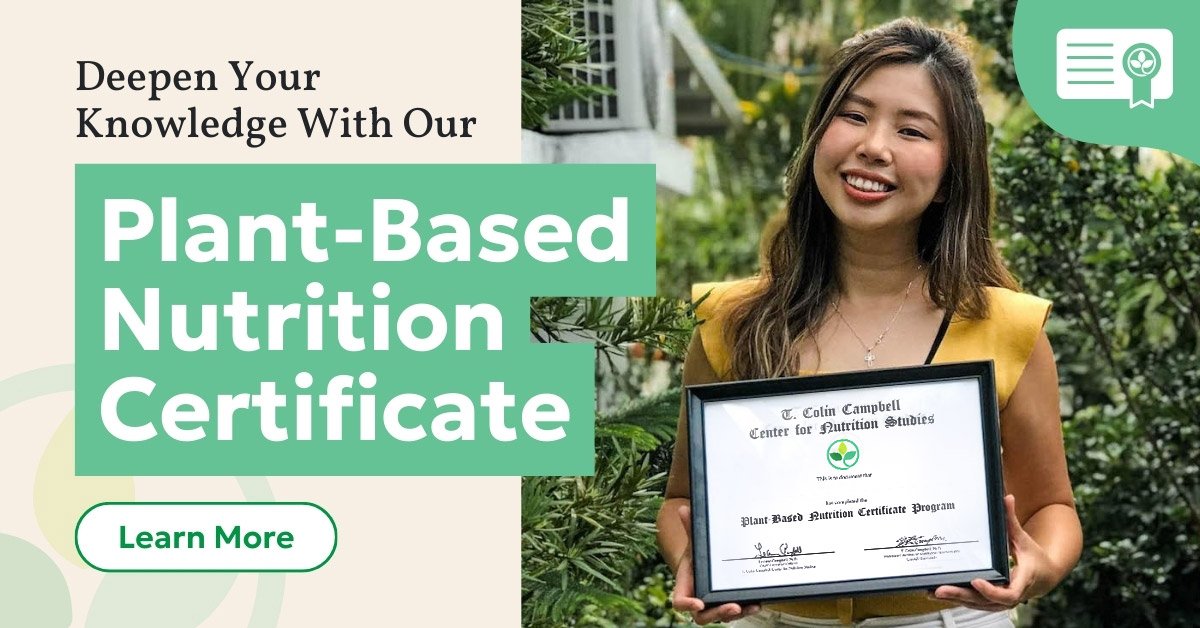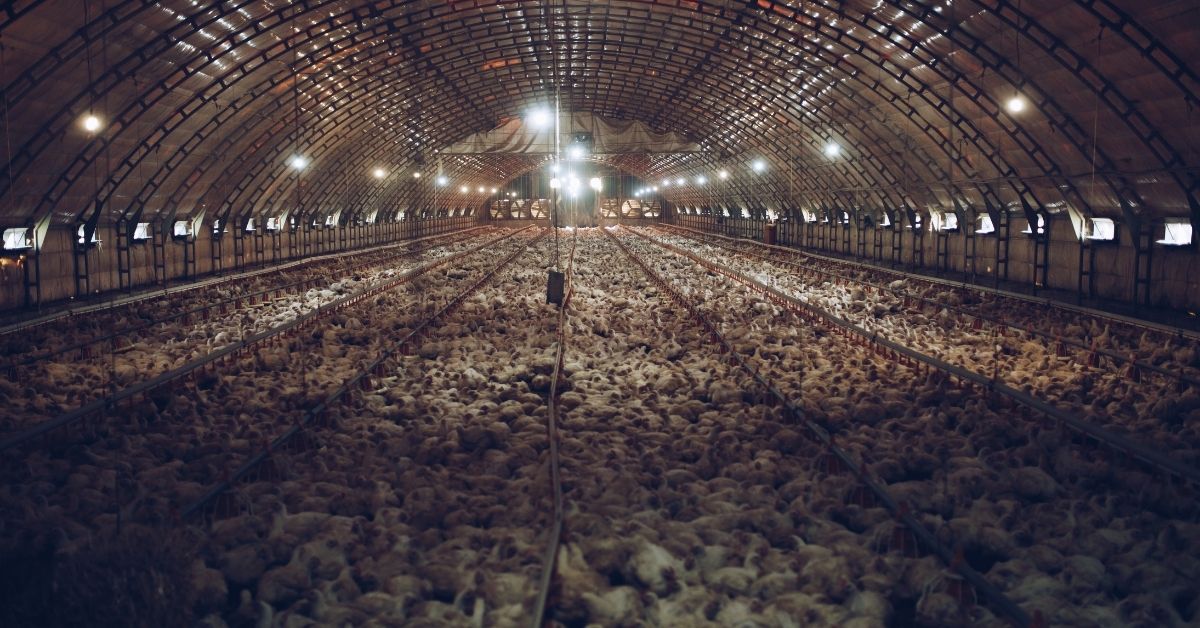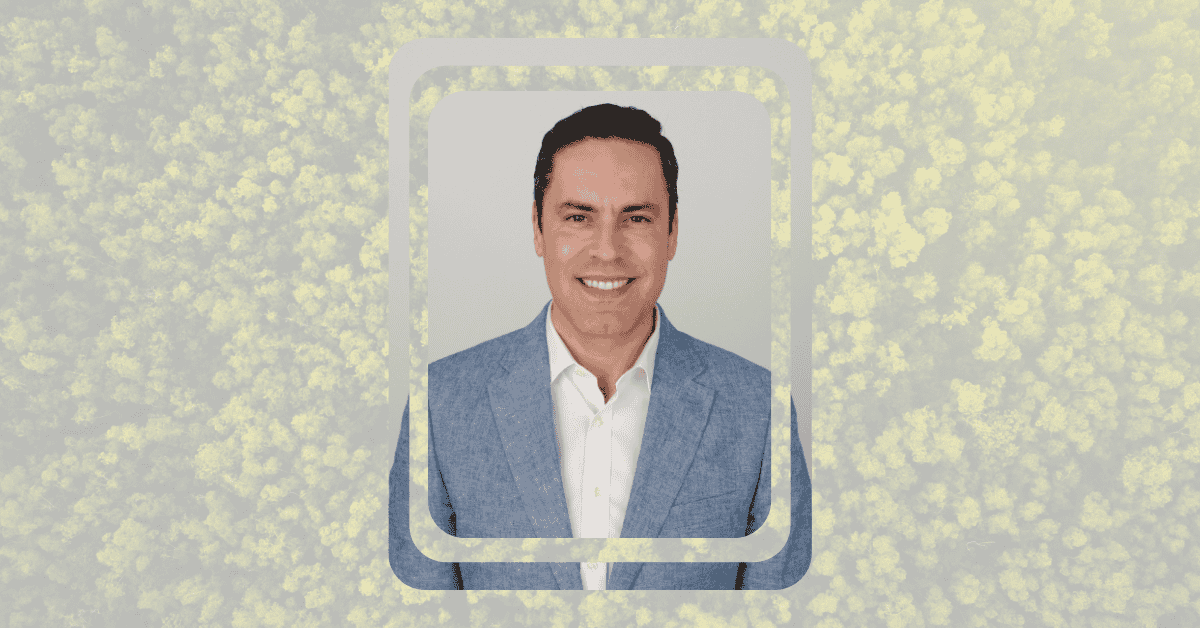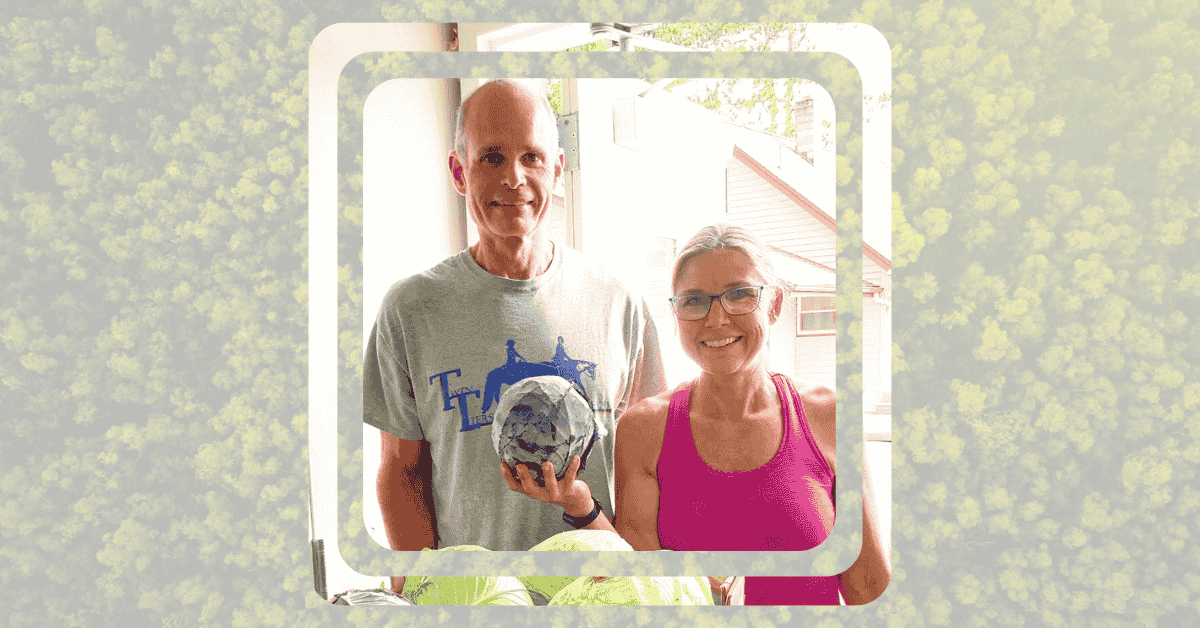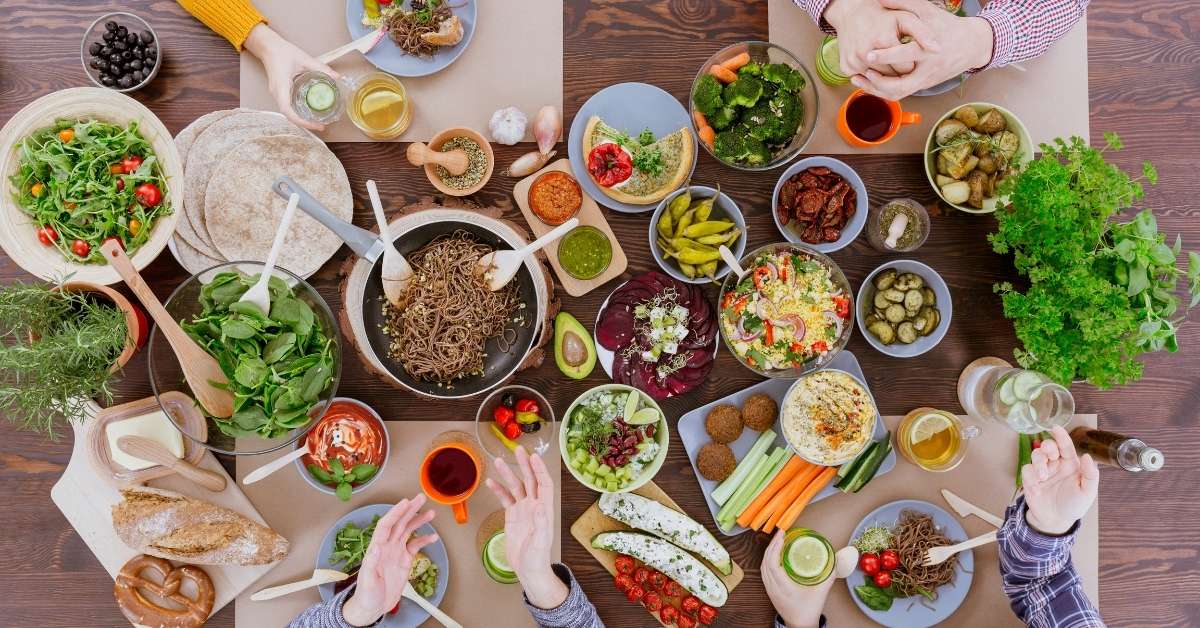
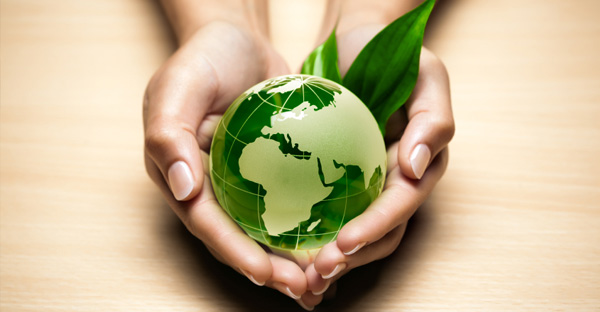
The canary in our food-supply mine is dead. Unnoticed but catastrophic changes endanger the Earth’s ability to feed our species. It took 50,000 years to reach a human population of one billion in 1830. We soared above six billion people in the year 2000 and passed seven billion in 2012. Wealthy nations eat increasing amounts of meat, while one billion people get less nutrition than the average American house cat. Agribusinesses ignore the nutrient cycle, and rather than rebuilding soil, saturate it with petrochemicals. Soil is over-tilled, overgrazed, made toxic and infertile, and turned into desert. One-third of all farmable land is degraded.
Loss of topsoil: Topsoil stores 2,500 billion tons of carbon, while our polluted atmosphere holds 760 billion tons. The topsoil took billions of years to form, and in many places is only inches thick. It must not be destroyed faster than it can be restored. Fertilizers and pesticides kill earthworms and organisms that decompose organic matter replenishing the topsoil. When topsoil is lost so is an important means of safely storing carbon and nutrients necessary to grow food.
Deadly cost of meat-based diet: Sixty billion farm animals raised for food produce 18% of the greenhouse gases causing global warming, require 33% of the world’s farmland, and consume 33% of the grain harvest. Forty percent of U.S. fertilizer is used to grow corn. A meat-based diet relies on corn and soy for rapid growth of cattle to satisfy America’s love for meat.
Waste and pollution: The irrigation methods of agribusinesses are incredibly wasteful.
- Beef from an animal-factory farm uses 2,500 gallons of water to produce one quarter-pound burger.
- It takes 1,000 tons of water to raise one ton of wheat.
- Excessive irrigation flushes manure and petrochemicals into streams, contaminates water supplies, and destroys the ecosystems.
- There is a dead zone the size of Delaware and Connecticut where the Mississippi empties waste into the Gulf of Mexico.
If man is to survive, we must use water wisely. The Ogallala aquifer, the world’s largest, is under seven breadbasket states from South Dakota to Texas. After World War II, oil-drilling technology was used to reach and pump massive amounts of water from the Ogallala for irrigation. More than half the water is gone. This aquifer does not refill.
Glaciers, called the reservoirs in the sky, supply drinking water, irrigation, and hydroelectric power during dry seasons. Some glaciers are gone and the rest are receding at alarming rates. The loss of their seasonal melt means lower crop yields and more starvation. The Himalayan and Tibetan Plateau glaciers feed the seven major rivers of Southeast Asia. When ice sheets and glaciers melt, sea level rises, and saltwater invasion destroys delta rice-lands.
Food bubble: The world’s population has more than tripled since WW II. Growers increased food production by:
- Opening new farmland
- Developing high-tech drills and pumps to increase irrigation
- Using petrochemicals
- Planting genetically modified monoculture crops to produce higher and faster yields and greater profits
This created a “food bubble,” a temporary and artificial expansion of the food supply the world briefly experienced in the last half of the twentieth century. What seems like man keeping up with the needs of a growing population destroys our children’s means of food production. Every element of this process is unsustainable. Farmland is stripped of nutrients. Chemicals destroy the organisms needed to convert matter to topsoil. Rainforests turn into deserts, the atmosphere becomes more polluted, and aquifers are drained. Genetically modified seeds contaminate natural varieties, so native crops require excessive irrigation and chemicals to produce harvests. Food bubbles are ready to burst in many places simultaneously.
Mission not impossible: I am on a mission to help slow global warming and protect our grandchildren’s futures. My husband and I lowered our use of electricity in our total electric home by 84% a year and cut our use of gasoline by 75%. We replaced our van with a Prius and reduced unnecessary driving. One person switching to a plant-based diet reduces his CO2 output as much as replacing an SUV with a Prius.
Americans could make an astonishing impact to slow global warming, but we are unaware of the extent of the problem. The lack of understanding of global warming bears striking similarities to the average American’s view of health and nutrition. In both cases, powerful interest groups limit and manipulate information to expand their markets and increase profits.
The goose that lays the golden eggs: The Standard American Diet (SAD) is that goose. Americans are addicted to fat, sugar, and salt. We’re taught we must eat meat to be strong and healthy and drink milk to prevent our bones from breaking. Plant-based eaters have done their homework and understand the SAD is the “suicidal American diet.” The products pushed on our nation put profit in the pockets of the rich and powerful while contributing to the starvation of 15 million people a year on the planet. The U.S. is a nation with half its citizens on the road to obesity, chronic illness, disability, or dying of preventable diseases.
There is no profit in letting people know they can avoid early disability and death by simply eating greens, more vegetables, beans, grains, fruit, and nuts. Green living ideally includes a plant-based diet, which is organic, local, and seasonal. I do not consider this too difficult. Being the oldest child and watching my parents and all my siblings die of SAD diseases was difficult.
Be as green as you can for your own wellbeing and for the planet. In 2014, make informed decisions about what to eat and how to feed 7,000,000,000 people. Understand the laws and the limits of nature. Take a true account of our assets, liabilities, options, obligations, and desires, to formulate lives that truly can carry us safely, healthfully, and happily into the future. We have but one Earth. Welcome to the real world−welcome home.
The world is not ours. It is a treasure we hold in trust for future generations. —African Proverb
Copyright 2025 Center for Nutrition Studies. All rights reserved.
Deepen Your Knowledge With Our
Plant-Based Nutrition
Certificate
Plant-Based Nutrition Certificate
- 23,000+ students
- 100% online, learn at your own pace
- No prerequisites
- Continuing education credits

